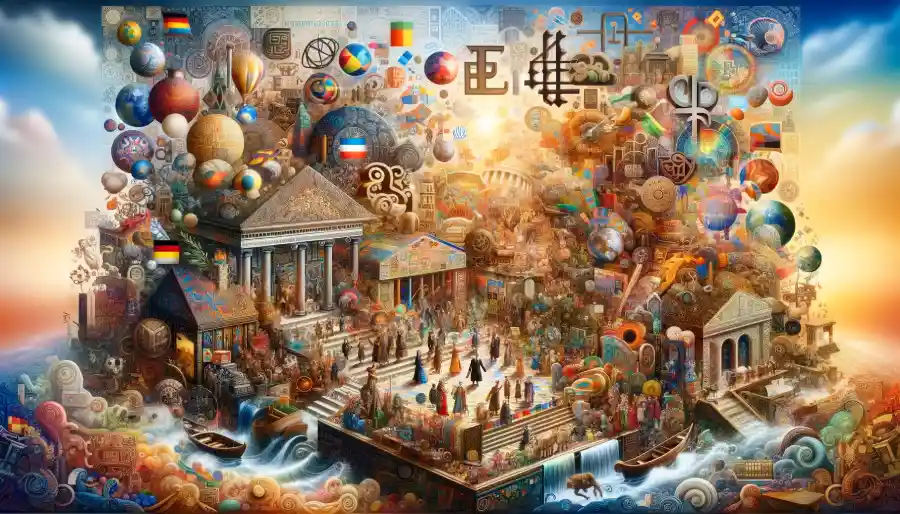Exploring Käöntöjä: The Art of Translation and Cultural Unity
In today’s interconnected world, the significance of käöntöjä – a Finnish term for translations – cannot be overstated. It represents more than the mere conversion of words from one language to another; it embodies the essence of cultural exchange and understanding.
This article delves into the multifaceted world of käöntöjä, exploring its historical roots, cultural implications, and its pivotal role in today’s global communication.
Historical Evolution of Käöntöjä
The concept of käöntöjä has deep historical roots in Finnish culture. Initially, it referred to translating literary works and religious texts into Finnish, playing a crucial role in preserving Finnish identity, especially during periods of foreign rule. The translation of the Bible into Finnish in the 16th century marked a significant milestone, contributing to the development of the Finnish language.
Käöntöjä in Modern Communication
In the digital age, käöntöjä has transcended traditional boundaries. With the advent of advanced translation tools and AI, the process of translating has become more efficient. However, the human element in “käöntöjä” remains irreplaceable, especially in maintaining cultural nuances and contextual accuracy.
The Cultural Tapestry of Käöntöjä
Käöntöjä is not just about language; it’s a bridge connecting diverse cultures. Through the translation of international literature, films, and scientific works, “käöntöjä” enriches the Finnish language and fosters a deeper understanding of global cultures among Finns.
Challenges in the Art of Käöntöjä
Translating idioms, colloquialisms, and culturally-specific references presents unique challenges. Maintaining the original text’s tone, style, and emotional depth while ensuring linguistic accuracy is a constant endeavor for translators.
Käöntöjä as a Professional Realm
The field of käöntöjä has evolved into a respected profession. Professional translators specialize in various domains, ensuring precision and accuracy in their translations, which is crucial in fields like legal, medical, and technical translation.
Globalization and the Future of Käöntöjä
As the world becomes more globalized, the demand for “käöntöjä” continues to grow. It serves as a vital tool for global dialogue, fostering understanding and cooperation among different cultures.
Preserving the Essence of Käöntöjä
Despite technological advancements, the essence of käöntöjä lies in upholding the integrity of language, culture, and context. It’s about conveying the true essence of the original text, transcending beyond mere translation.
Frequently Asked Questions (FAQs) about “Käöntöjä”
What Does Käöntöjä Mean, and Why Is It Important?
Käöntöjä is a Finnish term for translations. It’s crucial as it represents both linguistic conversion and cultural bridging between languages, enhancing global understanding and communication.
How Has Käöntöjä Evolved with Technological Advancements?
With technology, käöntöjä has evolved significantly. Modern tools like AI and machine learning have streamlined translation processes, though human translators’ nuanced understanding and cultural sensitivity remain vital.
What Are the Major Challenges in Käöntöjä?
Major challenges include accurately translating idioms, colloquialisms, and culturally specific references, maintaining the original text’s tone and style, and ensuring contextual and cultural accuracy.
Why Is Käöntöjä Essential in Today’s Globalized World?
In our interconnected world, käöntöjä is essential for effective communication across different cultures. It helps break down language barriers, foster mutual understanding, and facilitate global cooperation and exchange.
Conclusion: The Indelible Mark of Käöntöjä
Käöntöjä, with its rich historical significance and cultural importance, stands as a testament to the richness of language and human expression. As we navigate the complexities of globalization, käöntöjä remains an indispensable tool in fostering understanding and appreciation among diverse cultures and languages.







One Comment